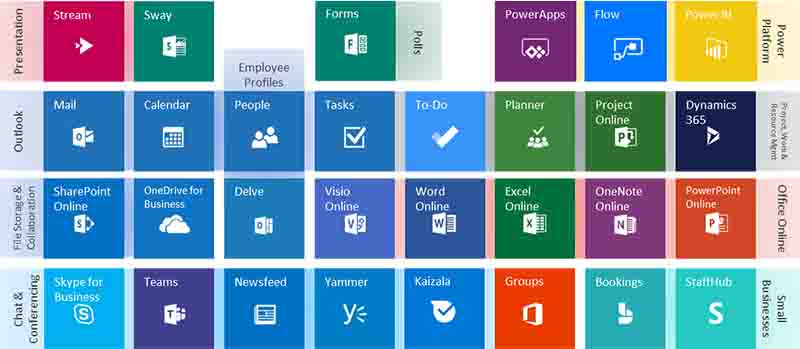Managing cybersecurity can be difficult for small and medium-sized enterprises (SMBs), particularly if they have limited resources. SMBs may evaluate and improve their security posture in both Microsoft 365 and Azure settings with the help of Microsoft Secure Score, which is a useful tool. We'll discuss the Microsoft Secure score, its significance for your company, and eight crucial measures to raise your score and strengthen your defenses in this blog article.
Managing cybersecurity can be difficult for small and medium-sized enterprises (SMBs), particularly if they have limited resources. SMBs may evaluate and improve their security posture in both Microsoft 365 and Azure settings with the help of Microsoft Secure Score, which is a useful tool. We'll discuss the Microsoft Secure score, its significance for your company, and eight crucial measures to raise your score and strengthen your defenses in this blog article.
Why Your Score is Important
Your Microsoft Secure Score gives you a comprehensive overview of your current security standing, allowing for a proactive approach to addressing potential vulnerabilities.
It provides visibility and guidance to enhance network protection. By creating a comprehensive inventory of all security configurations that reduce risk and assigning points to each control based on its importance and implementation in your network, Microsoft Secure Score offers actionable suggestions to solidify the network and close any security gaps.
Your score indicates how well your organization aligns with HIPAA and NIST compliance standards. Additionally, it allows you to compare your security performance with key performance indicators (KPIs) from other organizations in your industry and contrast your current state with historical benchmarks.
8 Ways to Improve Your Score
- Enable Multi-Factor Authentication (MFA) Ensure all users have multi-factor authentication enabled to reduce the risk of account compromise.
- Regular Updates and Patch Management Keep all systems and applications up-to-date with the latest security patches to prevent known vulnerabilities from being exploited.
- Implement Conditional Access Policies Configure conditional access policies to dynamically control access based on user and device risk levels.
- Encrypt Sensitive Data Use encryption to protect sensitive data both at rest and in transit, ensuring data remains secure even if unauthorized access occurs.
- Enable Advanced Threat Protection (ATP) Utilize the advanced threat protection features provided by Microsoft 365 and Azure to detect and respond to sophisticated attacks.
- Conduct Security Training and Awareness Programs Regularly train employees on security best practices and increase awareness of phishing attacks and other social engineering tactics.
- Monitor and Audit Logs Set up and regularly review security logs to quickly identify and respond to suspicious activities.
- Perform Regular Security Assessments and Penetration Testing Conduct comprehensive security assessments and penetration tests regularly to identify and remediate potential security vulnerabilities.
In summary
Improving your Microsoft Secure Score is a crucial first step in defending your small business against constantly changing cyberthreats. You can dramatically strengthen your security posture, protect your data, and guarantee the resilience of your business operations by comprehending and putting these eight essential tactics into practice. To improve your Microsoft Secure Score, think about collaborating with a reliable IT supplier that can guide you through the process of successfully putting these security measures in place.








